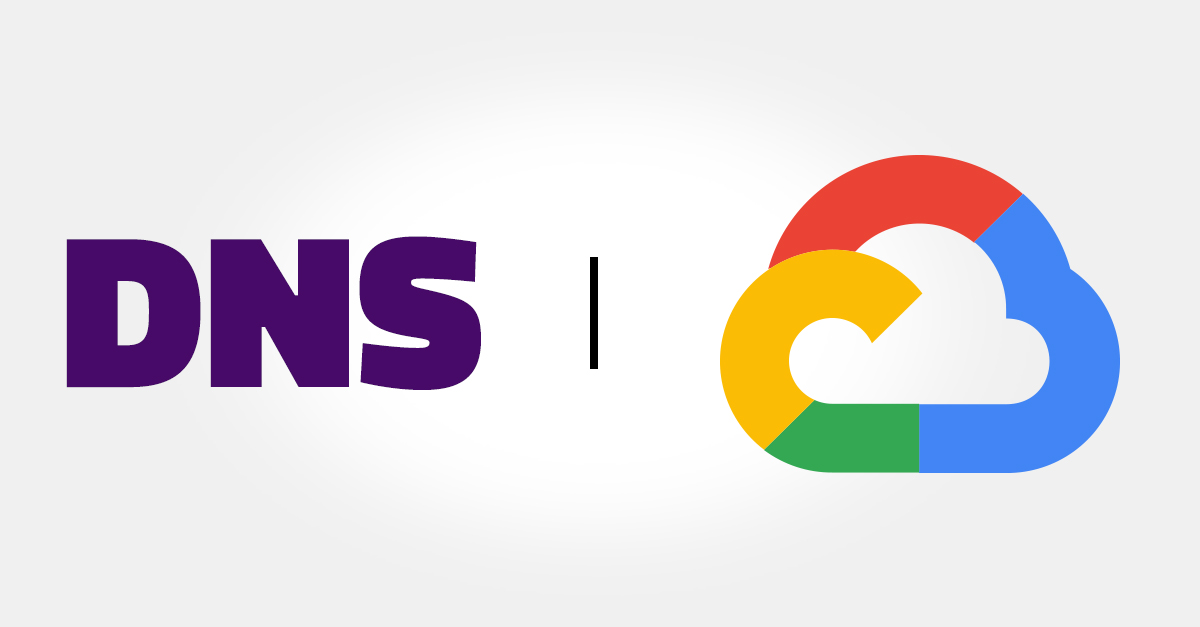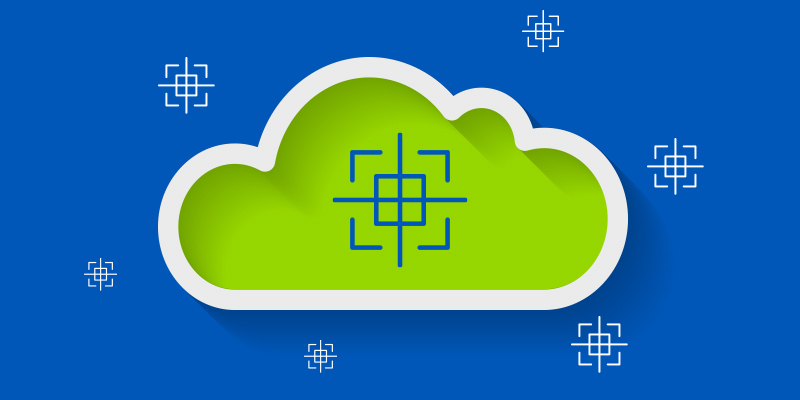We are excited to announce Webroot® DNS Protection now runs on Google Cloud Platform (GCP). Leveraging GCP in this way will provide Webroot customers with security, performance, and reliability.
Security
Preventing denial of service (DoS) attacks is a core benefit of Webroot DNS Protection. Now, the solution benefits from Google Cloud load balancers with built-in DoS protection and mitigation, enabling the prevention of attack traffic before it ever hits the agent core.
“The big thing about Google Cloud is that it dynamically manages denial of service (DoS) attacks,” said Webroot Sales Engineer Jonathan Barnett. “That happens automatically, and we know Google has that figured out.”
Click here to learn why businesses need DNS protection.
Performance
With this release, Webroot DNS Protection now runs on the Google Cloud’s high-redundancy, low-latency networks in 16 regions worldwide. That means there’s no need for a Webroot customer in Australia to have a DNS request resolved in Los Angeles, when more convenient infrastructure exists close by.
“Google Cloud provides the ability to scale by adding new regions or new servers whenever necessary as load or need determines, nationally or internationally,” said Barnett. “This allows us to provide geolocation-appropriate answers for our customers, maximizing performance.”
Reliability
Because of GCP’s global infrastructure footprint, Webroot can quickly and easily provision more of Google’s servers in any region to ensure latency times remain low.
And because those regional deployments can be programmed to auto-scale with spikes in traffic, even drastically increasing loads won’t increase wait times for requests.
According to Barnett, “Even if Webroot were to take on a large number of customers in a short time period, say with the closing of a deal to offer DNS solutions to an enterprise-level client with a number of subsidiaries, our environments would automatically scale with the additional load.”
One more note on the release
Another key feature of the April DNS agent update regards switching communications from port 53, which is typically associated with DNS requests, to port 443, which is more commonly associated with SSL certificates.
The reason for this change is that, given port 443’s relevance to routine requests like banking sites and those accepting payment information, it is rarely constrained, modified, or controlled. This will reduce the need to configure firewalls or make other admin adjustments in order for Webroot DNS Protection to function as intended.
It’s good to be in good company
With Webroot DNS Protection now leveraging the GCP will power your network-level protection. Fewer outages, latency, and bottlenecks. Ready to experience Webroot DNS Protection for yourself? Try it free for 30-days here.

















